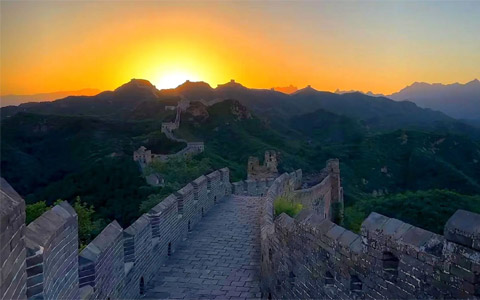When talking about China, the Great Wall of China is definitely one thing that comes to mind. This article will take you to gain a comprehensive understanding of the history, cultural connotations and practical travel tips of the Great Wall of China.
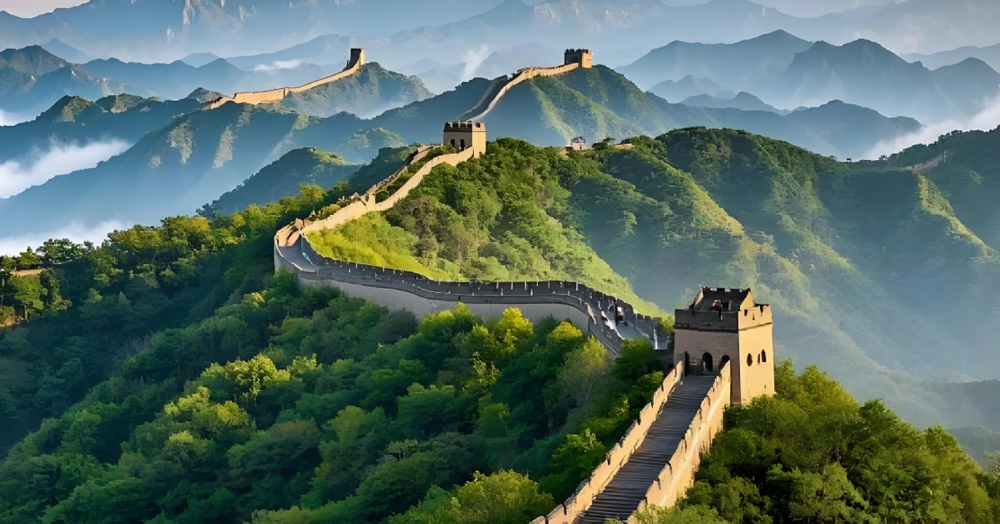
1. History of the Great Wall
The Great Wall of China is the ancient defensive project with the longest construction time and the largest engineering volume in the world, whose history can be traced back to the Western Zhou Dynasty. At that time, the Zhou Dynasty began to build continuously arranged castles to resist the invasion of nomadic peoples in the north, which was the earliest prototype of the Great Wall.
During the Spring and Autumn and Warring States periods, in order to compete for hegemony and protect their own territories, the vassals of various states successively built the Great Wall in the border areas. However, the Great Wall at this time was mostly built in sections, not connected to each other, and its length was relatively short.
After Qin Shihuang unified the six states, in order to consolidate the northern border defense, he sent the general Meng Tian to lead 300,000 troops to attack the Xiongnu in the north. At the same time, he connected the northern Great Walls of the former Yan, Zhao, Qin and other states, and carried out large-scale repairs and expansions, forming the Great Wall of Ten Thousand Li, which started from Lintao (now Min County, Gansu Province) in the west and ended at Liaodong (now Liaoyang, Liaoning Province) in the east. This was the first time in Chinese history that the Great Wall was connected as a whole, laying the basic scale of the Great Wall in later generations.
In the subsequent Han, Tang, Ming and other dynasties, the Great Wall was built and improved to varying degrees. Among them, the Ming Dynasty was the last peak period of the Great Wall’s construction. The Ming government successively employed millions of migrant workers and spent more than 200 years on large-scale reconstruction and reinforcement of the Great Wall. Most of the well-preserved sections of the Great Wall we see today were built during the Ming Dynasty.
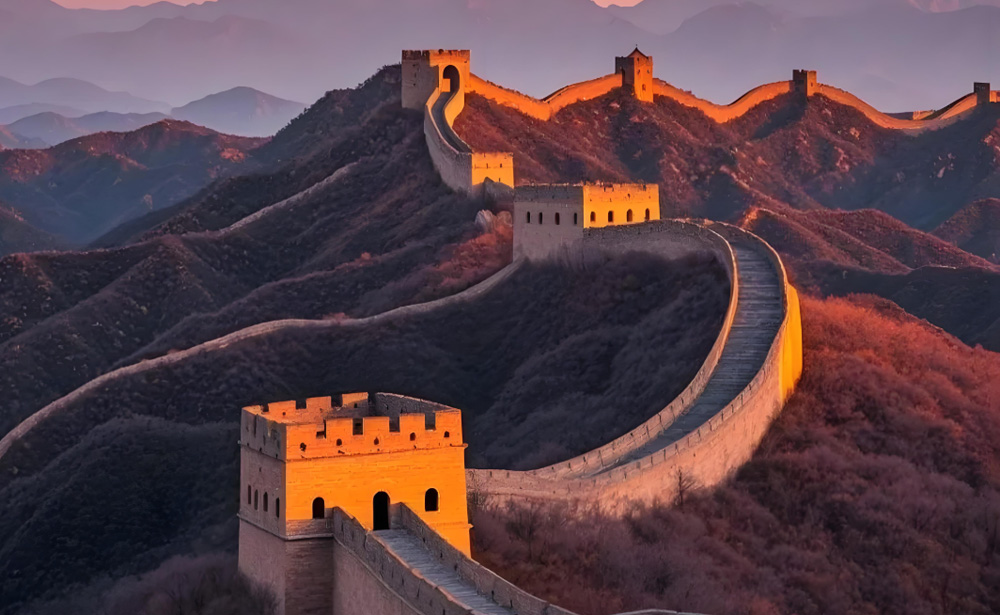
2. Cultural Significance of the Great Wall
The Great Wall is not only a military defensive project, but also an important symbol of traditional Chinese culture, bearing rich cultural connotations.
From the perspective of national spirit, the Great Wall symbolizes the indomitable and self-reliant spirit of the Chinese nation. During the long construction process, the ancient working people overcame numerous difficulties, such as harsh natural environment and heavy labor intensity, and built this “long dragon of ten thousand li” with their wisdom and sweat. This spirit of fearing no difficulties and striving tenaciously has always inspired generations of Chinese people.
In terms of cultural integration, the area along the Great Wall is an important zone for the exchange and integration of the Central Plains culture and the northern nomadic culture. In history, the agricultural technology and handicraft products of the Central Plains were introduced to the northern nomadic areas through the trade routes along the Great Wall, while the animal husbandry products and unique cultural arts of the northern nomadic peoples were also introduced to the Central Plains, promoting the formation and development of the diverse culture of the Chinese nation.
In addition, the Great Wall has also had a profound impact on ancient Chinese military thought and architectural technology. Its defense system is exquisitely designed, including city walls, watchtowers, beacon towers and other facilities, reflecting the outstanding military wisdom of ancient China; the selection of its building materials and the application of construction techniques also represent the leading level of architectural technology in China at that time.
3. Location of the Great Wall
The Great Wall of China is widely distributed, spanning multiple provinces, municipalities and autonomous regions in northern China, and generally runs from east to west.
Its western starting point is generally considered to be Jiayuguan in Gansu Province, which is located at the western end of the Hexi Corridor and an important transportation hub of the ancient Silk Road. The Jiayuguan section of the Great Wall is well-preserved and magnificent.
There are many theories about the eastern starting point of the Great Wall. One of the most famous is the Hushan Great Wall in Dandong City, Liaoning Province. The Hushan Great Wall is built along the mountains and rivers, with a dangerous geographical location, and is one of the eastern starting points of the Great Wall in the Ming Dynasty; in addition, Shanhaiguan in Qinhuangdao City, Hebei Province is also known as the “First Pass Under Heaven” and is an important pass at the eastern end of the Great Wall, which has an important military strategic position in history.
In addition to Gansu, Liaoning, Hebei and other places, the Great Wall also passes through Beijing, Tianjin, Shanxi, Shaanxi, Inner Mongolia, Ningxia, Qinghai and other provinces, municipalities and autonomous regions. The Great Wall in different regions has different characteristics. For example, the Badaling Great Wall and Mutianyu Great Wall in Beijing are famous for their steepness and grandeur, and are popular choices for tourists to visit the Great Wall; the Yanmen Pass Great Wall in Shanxi and the Zhenbeitai Great Wall in Shaanxi also have unique historical values and landscape characteristics.
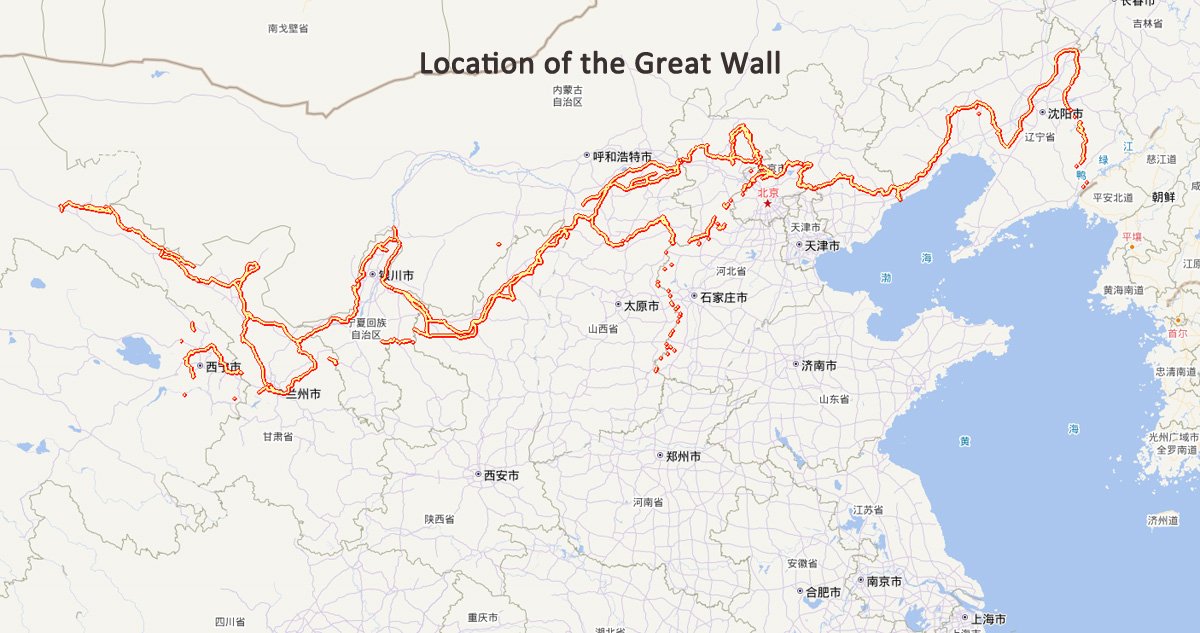
4. Length of the Great Wall
In 2012, the State Administration of Cultural Heritage of China announced that after long-term investigation and measurement, the total length of the Great Wall in all dynasties of China is about 21,196.18 kilometers. This data includes the walls, moats, single buildings, passes and related facilities of the Great Wall, covering all the Great Wall relics from the Western Zhou Dynasty to the Ming Dynasty.
It should be noted that the length of the Great Wall varies in different dynasties. For example, the length of the Great Wall built during the Qin Shihuang period was about more than 5,000 kilometers; the length of the Great Wall built during the Ming Dynasty was about 8,851.8 kilometers, which was one of the longest and best-preserved periods of the Great Wall in all dynasties. The “Great Wall of Ten Thousand Li” we usually refer to today mainly refers to the Great Wall built during the Ming Dynasty.
5. Travel Tips for the Great Wall
If you plan to visit the Great Wall in China, here are some practical travel tips to help you have a pleasant travel experience.
(1) Choose the Right Section to Visit
- Badaling Great Wall: Located in Yanqing District, Beijing, it is one of the best-preserved and most representative sections of the Ming Great Wall, and also the most familiar Great Wall scenic spot for tourists at home and abroad. It has convenient transportation and complete supporting facilities, including cable cars, sightseeing cars and other transportation facilities, suitable for tourists of all ages. However, due to its high popularity, the Badaling Great Wall has a large number of tourists during the peak tourist seasons (such as the May Day Golden Week, National Day Golden Week and summer vacation), which may affect the travel experience.
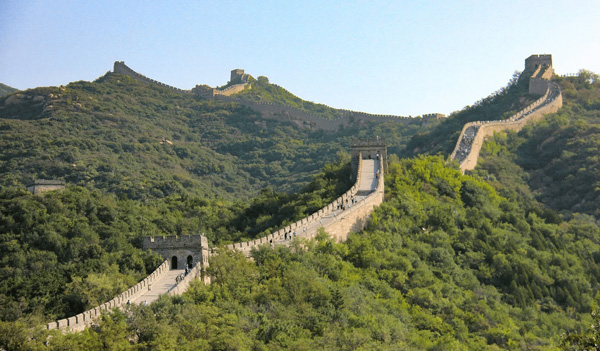
- Mutianyu Great Wall: Also located in Beijing, it is close to the urban area. The Great Wall here has a high vegetation coverage rate and beautiful scenery, and there are relatively fewer tourists than the Badaling Great Wall, so the travel experience is better. The Mutianyu Great Wall is also equipped with facilities such as cable cars to facilitate tourists to go up and down the mountain. At the same time, there are entertainment projects such as slides, suitable for tourists who like to travel easily and experience characteristic projects.
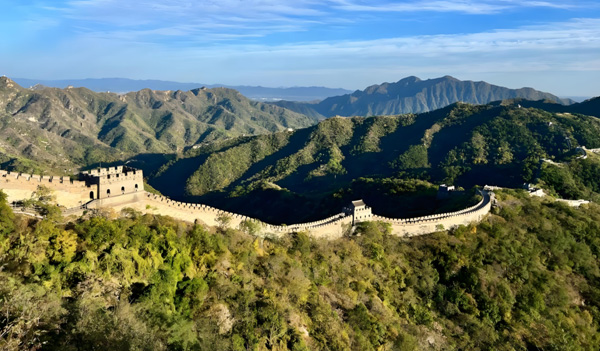
- Simatai Great Wall: The Simatai Great Wall is located in Miyun District, Beijing. It is one of the sections of the Ming Great Wall that retains the most original style, and is famous for its steepness and uniqueness. It is connected to Gubei Water Town. After visiting the Great Wall, tourists can go to Gubei Water Town to experience the style of the water towns in the south of the Yangtze River and enjoy the night view of the ancient town. It is very suitable for tourists who want to have an in-depth tour and experience characteristic culture. However, some sections of the Simatai Great Wall are relatively steep, which has certain requirements for the physical strength of tourists.
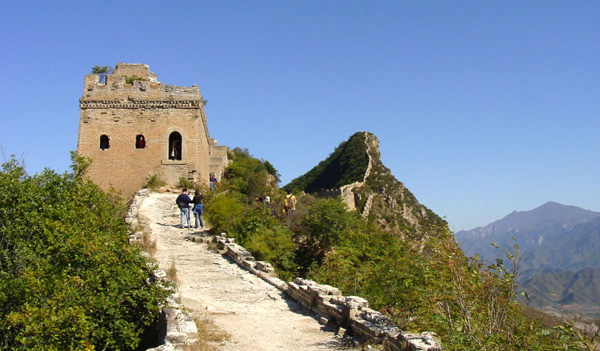
- Jiayuguan Great Wall: Located in Jiayuguan City, Gansu Province, it is the western starting point of the Ming Great Wall. The Great Wall here is magnificent, and there are also scenic spots such as Jiayuguan Pass and the Hanging Wall Great Wall around it, which allow tourists to fully understand the military defense system of the Great Wall and the historical culture of the ancient Silk Road. There are relatively few tourists at the Jiayuguan Great Wall, suitable for tourists who like to travel quietly and feel the vicissitudes of history.
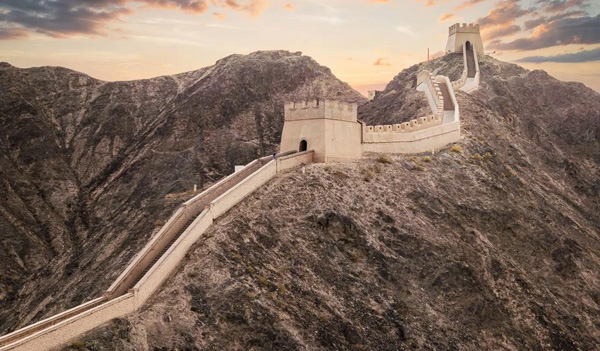
(2) Best Travel Times
- Spring (April–May): With mild weather and blooming flowers and plants around the Great Wall, the scenery is delightful—making it an ideal time to visit. However, strong winds are common in northern China during spring, so be sure to take measures to protect against wind and keep warm.
- Summer (June–August): Temperatures soar in summer, especially at noon when the sun is scorching. Visiting the Great Wall during this time can easily lead to overheating and fatigue. That said, summer coincides with students’ summer break and is a peak season for family trips. If you plan to visit then, it’s recommended to prepare for heatstroke prevention and cooling in advance, and opt for morning or evening visits when the weather is cooler.
- Autumn (September–October): Cool temperatures, clear skies, and high visibility make this season perfect for hiking to elevated spots, gazing into the distance, and marveling at the Great Wall’s spectacular views. Additionally, autumn is the harvest season in northern China; nearby orchards and farmlands offer visitors a unique and charming landscape.
- Winter (November–March the following year): Northern China sees frigid temperatures in winter, and some sections of the Great Wall may be covered in snow and ice—making the visit more challenging. The cold can also impact your travel experience. Nevertheless, winter brings far fewer tourists, allowing you to experience the Great Wall’s tranquility and grandeur. It’s suitable for visitors who love winter scenery and don’t mind the cold.
Precautions
- Abide by scenic area regulations: During your visit to the Great Wall, strictly follow all the rules of the scenic area. Do not climb the unopened sections of the Great Wall, and do not carve or graffiti on the Great Wall. Protect the historical relics and natural environment of the Great Wall.
- Pay attention to safety: Some sections of the Great Wall are relatively steep. When walking, pay attention to your steps to avoid slipping and falling. When taking facilities such as cable cars and slides, follow the guidance of the staff to ensure your own safety.
- Arrange time reasonably: The Great Wall scenic area is large and takes a long time to visit. It is recommended that tourists plan their visiting routes and time in advance to avoid affecting the visiting experience due to insufficient time. At the same time, pay attention to the opening and closing times of the scenic area to avoid missing the time to go down the mountain.
- Respect local culture: When communicating with local staff and other tourists, respect local cultural customs and living habits, and maintain good manners and quality.

